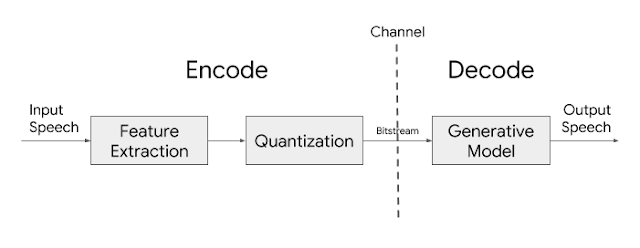Originally posted by willmore
View Post
Also both, LPCNet and Lyra, borrow some principles from Google proof of concept, Wavenet https://deepmind.com/blog/article/wa...odel-raw-audio
It won't be quite right to compare LPCNet or Wavenet vs Lyra.
LPCNet was also more "proof of concept" with somewhat high hardware requirements (at least Cortex A-75) while Lyra should be fine with pretty every mid-range phone.
And Wavenet's hardware requirements aren't met by mobile devices.



Comment